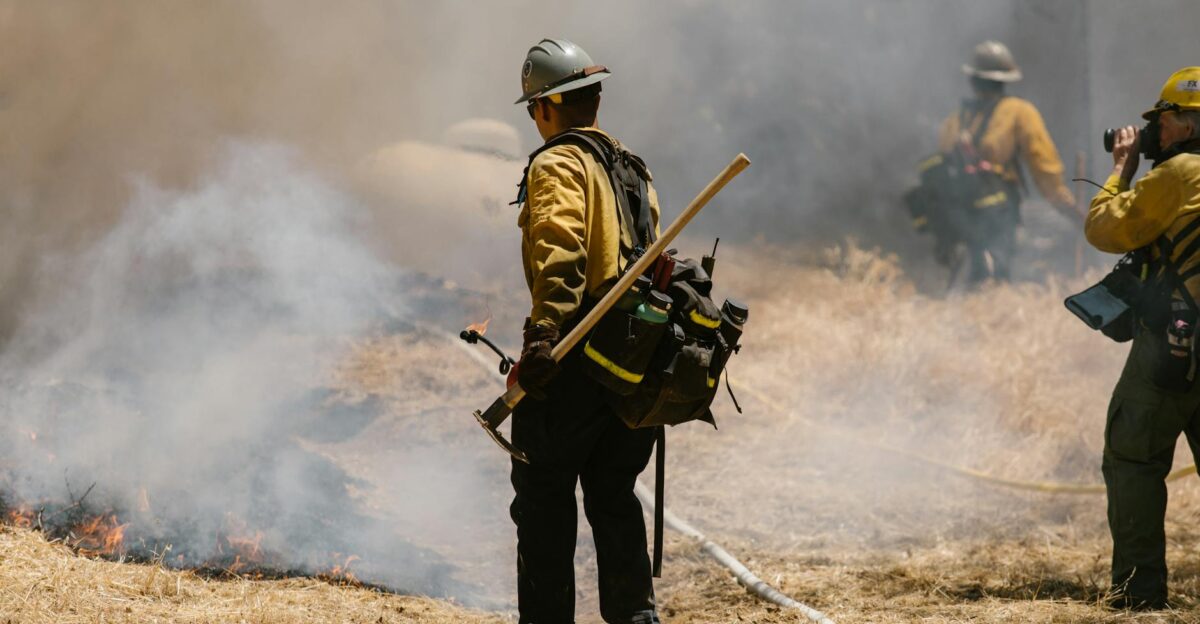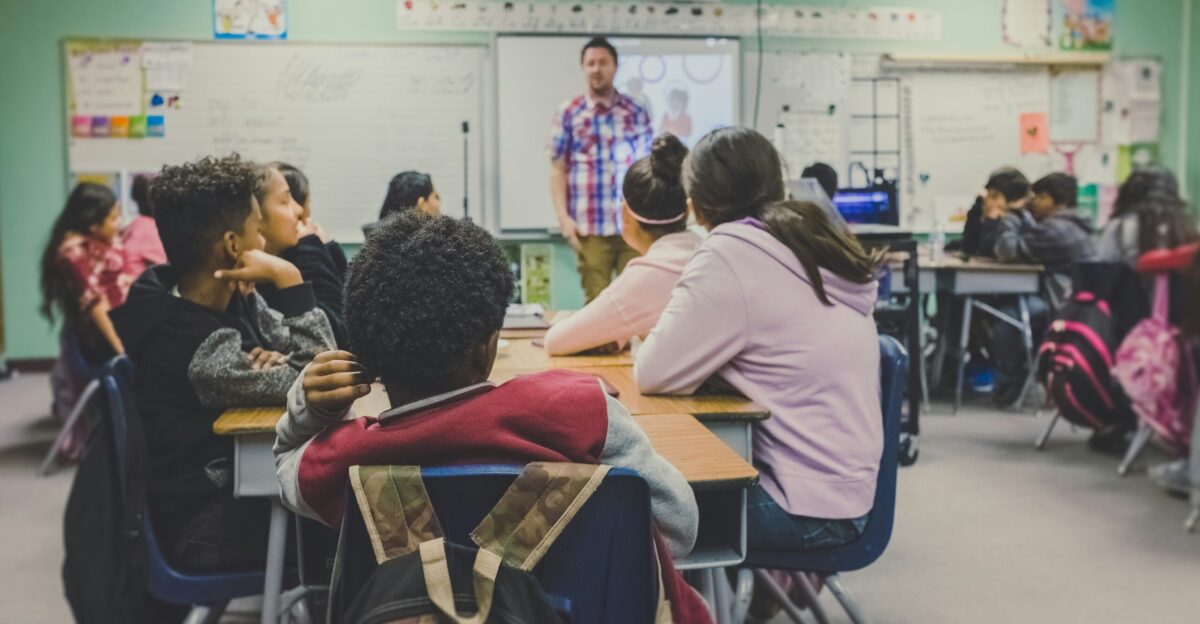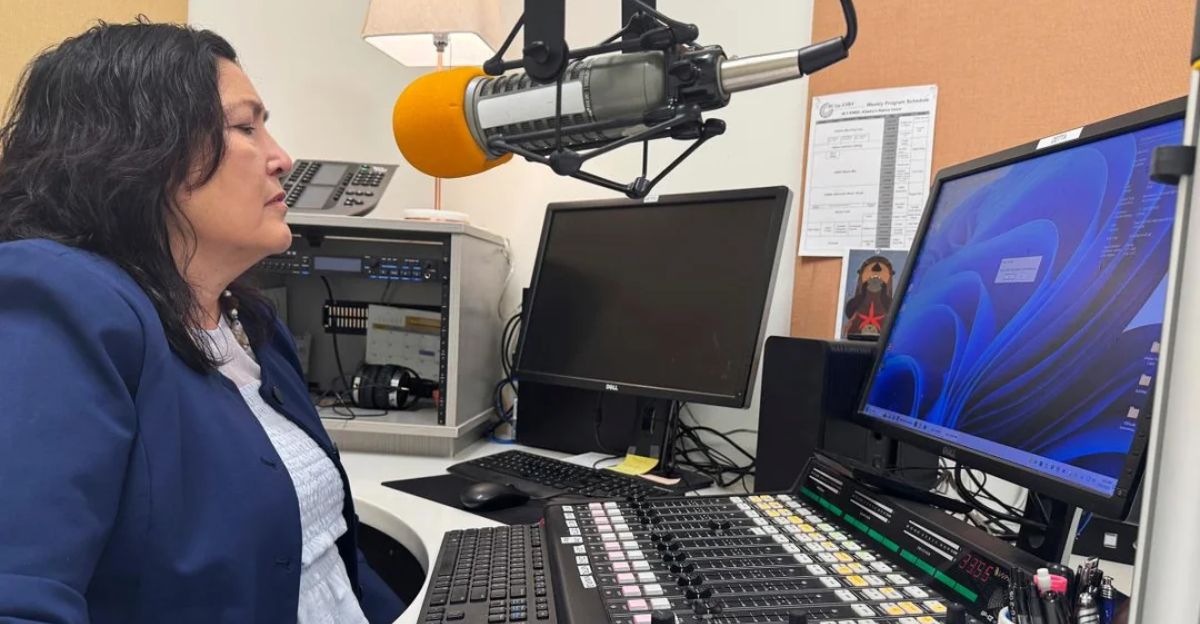
Nine important public services that Americans depend on on a daily basis are in grave danger of being defunded by the federal government. These federally funded services are currently in jeopardy because of executive actions like impoundment, budget rescissions, and freezing of appropriated funds.
The scope and variety of effects are demonstrated by federal funding reductions, such as the recent revocation of $1.1 billion to the Corporation for Public Broadcasting (CPB) and withheld billions in K–12 education. The purpose of this article is to examine cascading effects that could exacerbate social injustices and civic vulnerabilities while providing evidence to support these threats. Understanding that defunding is a societal choice rather than just a financial one is crucial.
Public Broadcasting Services’ Defunding

Public broadcasting, particularly NPR and PBS, which heavily rely on federal funding via CPB, is among the most direct victims of public service. CPB announced plans to close by the end of 2025 after the House approved the removal of $1.1 billion in federal funding. Many public radio and television stations will be shut down as a result of the loss, which will disproportionately impact vulnerable, rural, and tribal communities who depend on them for civic information and emergency news.
Public broadcasting, for example, has proven invaluable in times of crisis, such as hurricanes, when other forms of communication are ineffective. Defunding these organizations runs the risk of undermining a civic infrastructure that is “exceptionally American” and devoted to fair and informed access to information.
Effects of the K–12 Funding Freeze on Education

With an estimated $6.2 billion in federal K–12 funding currently withheld from states and territories, federal defunding has had a significant impact on education. Important initiatives like summer education, after-school programs, and assistance for migrant and English-learning students are supported by these grants.
Millions of students’ quality of education is at risk due to the delay or revocation, which forces school districts to make tough budget cuts, particularly in underprivileged areas. If funds are not released, planning and implementation are disrupted for entire academic years, which exacerbates educational inequities and undermines efforts to close achievement gaps.
Implications for Medical Research and Public Health

Critical public health initiatives, such as low-income school meal programs and cancer clinical trials, are also at risk due to federal defunding. Health professionals, researchers, and community organizations were confused by the White House’s sudden funding freeze announcement in early 2025.
These initiatives support longer-term gains in disease prevention and health equity in addition to directly saving lives. Federal funding is crucial for cancer clinical trials; their disruption hinders progress and prevents vulnerable groups from accessing innovative treatments.
The Social Safety Net Crisis

Critical social safety nets, such as housing assistance for veterans and other vulnerable groups, are impacted by defunding. Those at risk of homelessness are stabilized by housing assistance, which is primarily funded by the federal government and forms the basis for employment and health outcomes.
Federal withdrawal is a public policy reversal with significant social repercussions because housing stability is directly linked to improvements in education, crime prevention, and physical and mental health. Defunding frequently sets off a vicious cycle of worsening public health and increasing social costs. As families lose their homes, veterans experience hopelessness, and communities deal with rising rates of violence and long-term health issues, the social fabric becomes more fragile.
Emergency Management and Disaster Response

The nation’s ability to respond to natural disasters is weakened when federal emergency management services are underfunded. Critical emergency alerts, disaster relief coordination, and resilience planning are provided by federally funded public services. Decreased federal support jeopardizes timely evacuations, resource allocations, and recovery efforts as climate change increases the frequency and intensity of hurricanes, wildfires, and floods.
In disaster areas, public radio stations that act as emergency broadcasters run the risk of closing, cutting off an essential line of communication. In times of crisis, less federal investment puts lives in danger, slows recovery, and increases economic devastation.
Implications for Tribal and Rural Communities

Defunding disproportionately affects rural and tribal communities, whose main service lifelines are many federal programs. Access to emergency alerts and culturally relevant media is limited as a result of the closure of several Native American public broadcasting stations.
Long-standing inequalities, such as digital divides and inadequate healthcare infrastructure, are made worse by these reductions. Population decline, economic stagnation, and weakened social cohesion in already marginalized communities are some of the cascading effects. By reducing vital communication tools that facilitate political and cultural self-determination, these dynamics also jeopardize tribal sovereignty.
Social and Psychological Repercussions

Defunding damages democratic participation, community cohesion, and public trust, in addition to tangible services. Public education and broadcasting promote civic consciousness, social dialogue, and a sense of national identity. When these services are cut off, there are fewer chances for polite conversation, which exacerbates division and disinformation.
Public unrest may rise as a result of the exacerbated social isolation and mistrust, which could weaken society. Citizens become estranged when common informational spaces are lost, which makes it harder to solve problems as a group and recover from emergencies.
Historical Views of Federal Funding Reductions

Cuts to federal funding have frequently had unforeseen social and economic repercussions in the past. For instance, the austerity measures of the 1980s led to a rise in homelessness and the closure of important community health centers. Similarly, defunding in the early years of the Great Depression exacerbated social injustices and slowed economic recovery until it was reversed.
These examples show that public services are investments that maintain social stability rather than expenses to be cut. Ignoring these lessons could lead to the recurrence of preventable harm, particularly in light of the complex societal issues of today, such as pandemic recovery and climate emergencies.
Risks to Cultural and Informational Equity

Federally supported public media have long been essential for maintaining cultural heritage and guaranteeing informational fairness for all Americans, irrespective of their location or financial situation. Removing funding undermines the creation and distribution of cultural and educational materials that enhance diversity and public knowledge.
A robust pluralistic society is threatened by this decline, which undermines democratic participation and runs the risk of stifling minority voices. Since public media frequently highlights American diversity and values around the world, the loss erodes the country’s “soft power” and cultural diplomacy.
Effects of Public Service Cuts on the Economy

Defunding has financial repercussions that go beyond the immediate service recipients. Schools and public broadcasting stations are frequently important local employers, particularly in smaller communities. Tax revenues, local economic activity, and employment are all negatively impacted by their closure. Pharmaceutical innovations in healthcare are delayed by interrupted clinical trials, which impacts the growth of the biotech industry.
Any financial savings may be offset by increased healthcare and criminal justice expenses for governments as a result of housing instability brought on by aid rescissions. Long-term economic liabilities are frequently the result of short-term fiscal austerity.
Legal and Policy Issues Concerning Defunding

There is an ongoing debate regarding the legal justification for the executive to seize funds that Congress has approved. Opponents contend that the Constitution’s separation of powers is violated by withholding appropriated funds. Lawsuits and political disputes have resulted from this impasse, which has made it impossible for agencies to organize and provide services.
Administrative dysfunction is made worse and uncertainty is increased by these conflicts over federal budget authority. The politicization of public services damages service delivery and public trust by undermining systematic governance and fostering instability. Without clear legal support, this use of impoundment powers runs the risk of causing irreparable institutional harm and creating risky precedents for future governance crises.
Possible Contrarian Opinions

Cutting federal funding, according to some fiscal conservatives, transfers accountability to state and local governments, encouraging creativity and fiscal restraint. They contend that cutting back on federal programs lowers waste because they are frequently ineffective and redundant.
However, this viewpoint disregards the role that federal programs play in upholding equity and uniform national standards, and it undervalues the financial capacity of localities, particularly underserved ones. Moreover, service gaps rather than better results are frequently the result of sudden defunding without transition plans. As local governments battle to fill significant funding gaps amid conflicting demands, the alleged efficiency gains might be illusory.
Defunding and Technology

Examining the relationship between rapid technological change and federal defunding presents an unexpected perspective. Defunding public broadcasting, for instance, could hasten the digital divide by denying low-income and rural communities access to reasonably priced, trustworthy media.
On the other hand, if properly integrated, technology could offer mitigation; however, federal withdrawal frequently impedes investments in digital infrastructure, leaving underprivileged communities stranded. The irony is that funding cuts that lower infrastructure support and digital literacy impede technology’s ability to democratize access.
Closure of Tribal Media

Extreme consequences are exemplified by the termination of federal support for Native American public radio stations. More than two dozen tribal stations in nine states were in danger of closing in 2025. By offering educational materials specifically designed for their communities, these stations preserve indigenous languages and cultures in a unique way.
The relationship between cultural erasure and the public safety threats associated with federal defunding is glaringly demonstrated by this case. By diminishing resilience in underserved territories and eroding national cultural diversity, the effects go beyond tribes to affect all Americans.
A Structure for Comprehending the Impact of Defunding

The “Service Cascade Model,” which posits that initial cuts to core public services lead to secondary effects like diminished community resilience, economic decline, and worsening health outcomes, is a helpful framework for analyzing the impact of defunding. The initial harm is multiplied beyond budget line items into wider societal degradation by this cascading effect.
Understanding these layers helps explain why seemingly targeted cuts result in extensive, difficult-to-reverse harms. Assessing long-term social costs in addition to short-term financial savings is necessary for strategic policymaking.
Unexpected Cost vs. Impact Data

Although public broadcasting costs roughly $1.60 per American per year, it disproportionately benefits marginalized groups by providing access to education, cultural programming, and emergency information. Similar to this, federal K–12 programs are essential for schools with limited funding even though they make up a small percentage of state education budgets. The disparity between modest federal investments and substantial social returns is demonstrated by these figures.
Reducing these programs saves pennies at the expense of emergency preparedness and social capital. Research indicates that for every dollar spent on public education and early childhood, several dollars are returned in economic output, highlighting how shortsighted defunding is.
Erosion of Social Cohesion

The idea that federal defunding of public services serves as a “cohesion eroder,” gradually destroying the everyday experiences that unite a society that is becoming more and more divided, is theoretical but tenable. Indirect interactions between diverse Americans take place in collective spaces such as social programs, education, and public media.
Without these, polarization could worsen, false information could proliferate, and public confidence could crumble. Defunding public services carries risks that go well beyond financial considerations, as this erosion puts democracy itself in jeopardy.
The Function of Advocacy and Civic Engagement

Increased public awareness, advocacy, and political participation are necessary in light of the defunding crisis of public services. Citizens, community leaders, and civic organizations must explain the importance of federal programs and encourage legislators to honor funding pledges. To combat narratives that minimize public investments, transparency, coalition building across ideological divides, and public education campaigns are crucial.
In order to reverse or lessen the cascading harms mentioned, this civic mobilization might be essential. Creating strong advocacy networks also guarantees that underrepresented voices are heard and that community needs are realistically and sustainably incorporated into reforms.
Conclusion

The safety, equity, culture, and resilience of American society are all seriously threatened by the possible loss of nine essential public services as a result of federal defunding. Together, historical lessons, empirical evidence, and developing crises confirm that these services are crucial investments rather than optional expenses.
To maintain a just, knowledgeable, and resilient America for all, these vital institutions can only be protected by an informed, involved public and responsive policymakers. The way forward necessitates fearless leadership and a shared dedication to safeguarding the public interest in the face of severe political and financial constraints.